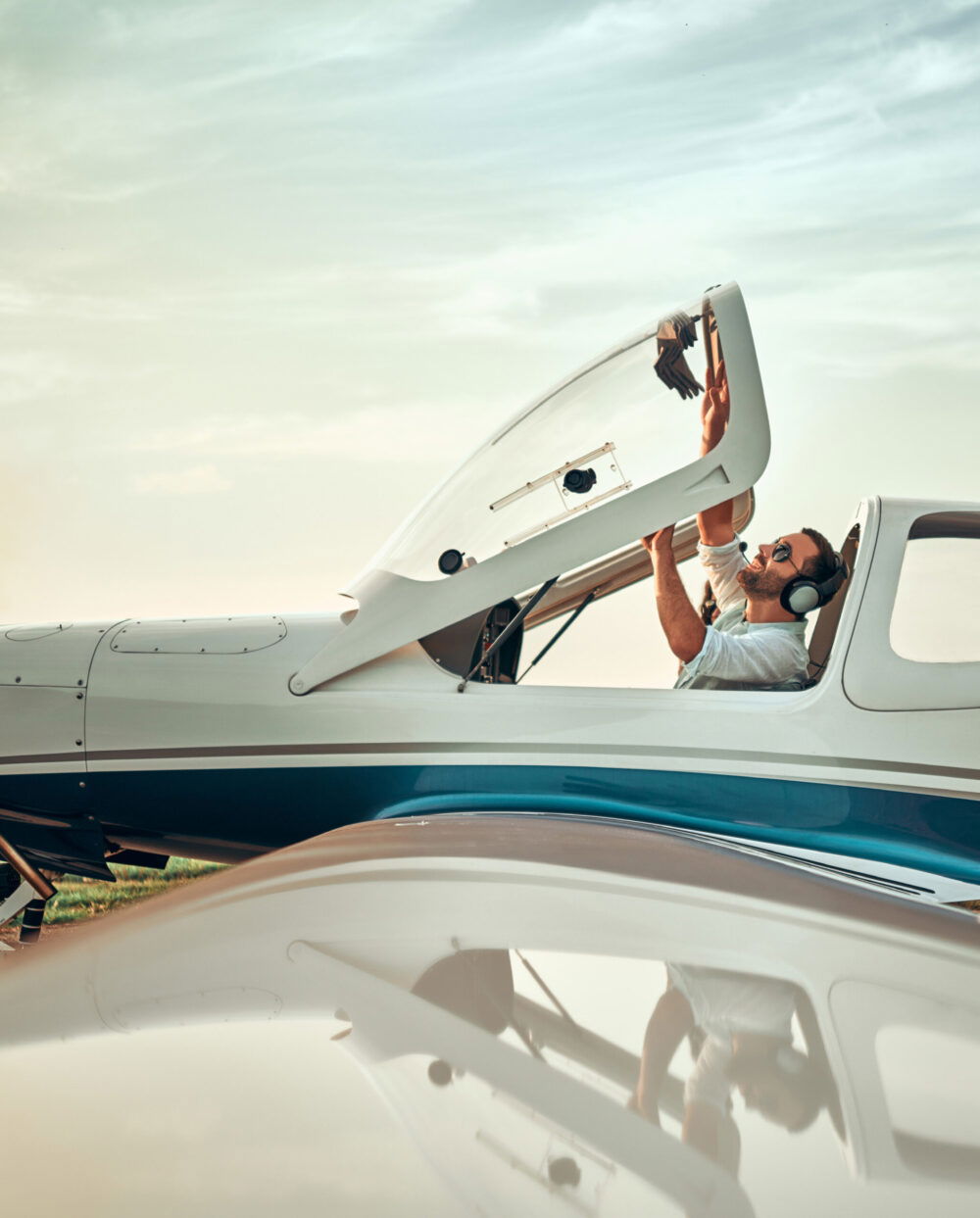PARIS—Since acquiring a majority stake in French manufacturer Socata in 2009, Daher has taken the company’s TBM family of single-engine turboprops to new heights. On Thursday at the Paris Air Show, it delivered its 600th TBM 900-series.
The 900-series, launched in 2014 with the TBM 900, is the best-seller in the TBM family, accounting for almost half of all deliveries to date. More than 1,260 TBMs have been rolled out since the introduction of the TBM 700 35 years ago, and the lightweight aircraft have logged more than 2.6 million hours in service globally.
The 900-series—sold in five variants—built on the TBM 850 with the addition of winglets, new engine cowlings, and a five-blade scimitar propeller from Hartzell. The newest variant, the TBM 960, incorporates Pratt & Whitney Canada’s PT6E-66XT and Hartzell’s lightweight Raptor composite prop.
“Attributes for the TBM’s success include its combination of jet-like speeds with turboprop performance, opening access to shorter runways, lowering fuel consumption, and providing operational efficiency,” said Nicholas Chabbert, CEO of Daher’s Aircraft division, in remarks accompanying the announcement.
Chabbert said the recipient of the 600th TBM delivery “exemplifies the entrepreneurial spirit of TBM owners who innovate and propel the world forward.”
That recipient is Jim Baum, who comanages aviation video and photography specialist Minus 7 in Durango, Colorado (which is in the GMT minus 7 time zone). At the Paris Air Show, Baum told FLYING he previously owned a TBM 930—which added Garmin’s G3000 flight deck and Daher’s e-copilot, designed to lower pilot workload—and currently flies its successor, the 940. Launched in 2020, the latter was the first TBM to add Daher’s HomeSafe autoland system and autothrottle capabilities.
Baum said he switched to the TBM from a Cessna P210 Silver Eagle in 2016 so that he and his wife, Debra, could travel more.
“We’ve flown the TBM around South America,” Baum said. “We’ve flown the TBM to Cuba. Obviously, we’ve flown all over North America, Canada, the United States and whatnot. So I’ve found that the TBM fits my mission profile really perfectly.”
Baum said he has about 1,100 hours on each of the TBM 930 and 940. Typically, he travels with his wife, son, and their dog, removing the rear seats to pack in mountain bikes or camping equipment.
However, he lives in Vermont, near what he described as “kind of an all-weather airport.” Conditions are often wet or snowy, but the TBM has “proven to be very capable for the runway conditions I often see,” Baum said.
He said a few features in particular have been “very helpful,” such as the autoland and auto ice detection features within HomeSafe and e-copilot. He described the aircraft’s Engine and Propeller Electronic Control System—which integrates those components to optimize performance—as a great workload reducer.
The TBM 960 brings all of those features, plus a few “really nice fit and finish upgrades.” Its cabin contains a Passenger Control System, which allows occupants to control the interior environment and dim the windows electronically. And, of course, more comfortable seating.
In addition to the TBM, Baum flies the CubCrafter XCub taildragger and Van’s RV-8, as well as a Beechcraft Baron that he and his son use for aviation videography. He has commercial instrument, multi-engine, and seaplane ratings, as well as a tailwheel endorsement.
The TBM has found a home among individual owners, businesses, military commands, and even as a birddog with Conair, helping to monitor wildfires from the air. But Daher will continue to push the envelope.
In April, Chabbert said the company could launch a “more electric airplane, likely hybrid-electric and a derivative of one of our existing airplane models” by 2027. Daher, working with Safran and Airbus, developed the EcoPulse hybrid-electric demonstrator, which first flew in 2023.
Like this story? We think you’ll also like the Future of FLYING newsletter sent every Thursday afternoon. Sign up now.




